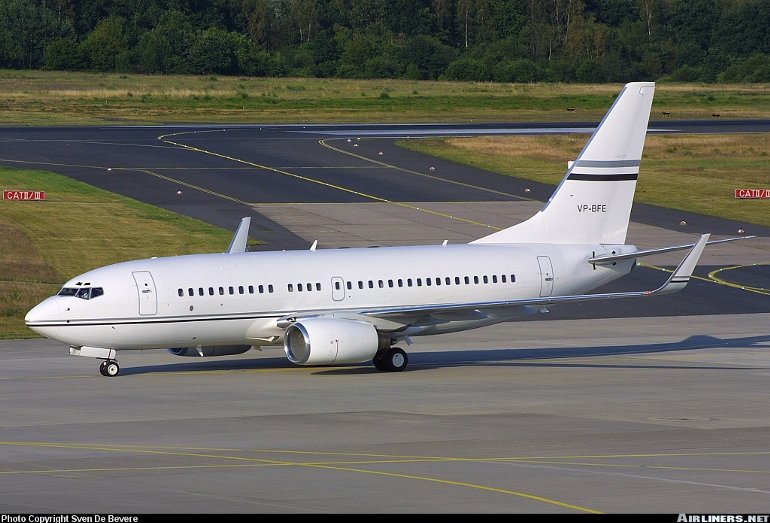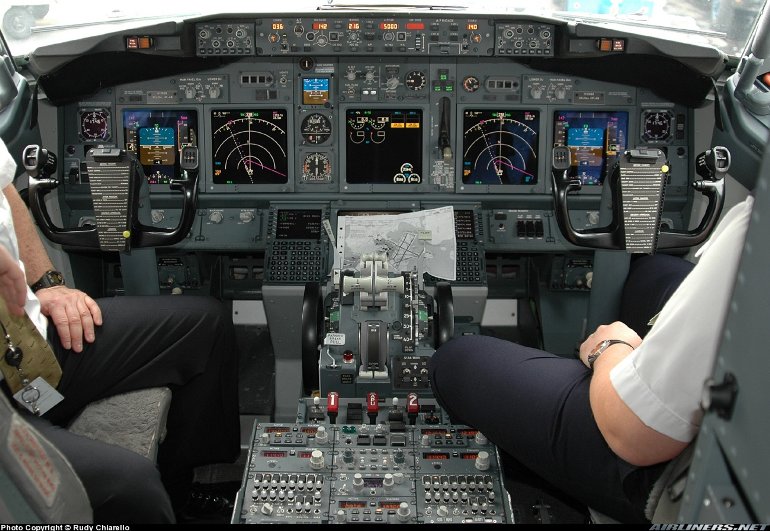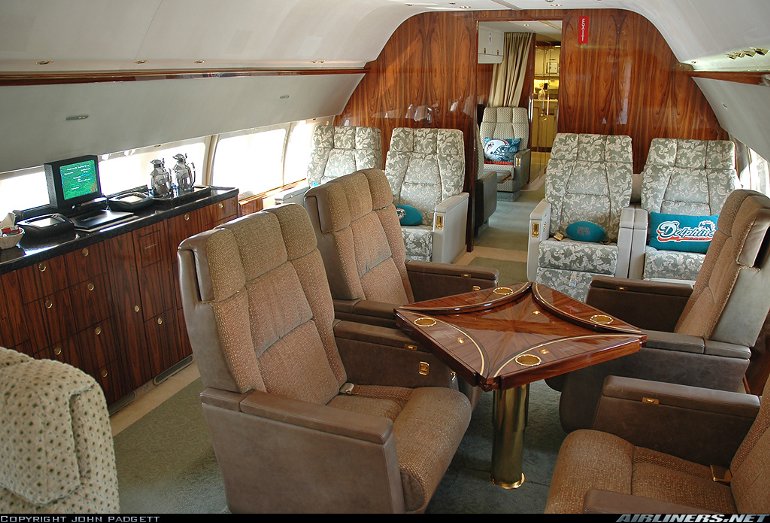Aircraft Technical Data
Boeing 737-700/800 BBJ/BBJ2



| Details | |
| Country of Origin | United States of America |
| Type | Long range large capacity corporate jet |
| History | The Boeing Business Jet - or BBJ - is a long range corporate jet development of the 737-700 and -800. Boeing Business Jets is a joint venture formed by Boeing and General Electric in July 1996 to develop and market a corporate version of the popular 737 airliner, initially focusing on the 737-700 based BBJ (or 737-700 BBJ). The first BBJ rolled out from Boeing's Renton plant on August 11 1998 and flew for the first time on September 4 that year. On October 30 the US FAA awarded certification to the developed 737-700 airframe on which the BBJ is based. The first completed BBJ was delivered on September 4 1999. The BBJ combines the Next Generation 737-700's airframe combined with the strengthened wing, fuselage centre section and landing gear of the larger and heavier 737-800, with three to 10 belly auxiliary fuel tanks. It features the Next Generation 737 advanced two crew six LCD screen EFIS avionics flightdeck, equipped with embedded dual GPS, TCAS, enhanced GPWS and Flight Dynamics head-up guidance system. Following their certification in September 2000, winglets became a standard option. Boeing supplies unfurnished or 'green' BBJ airframes to DeCrane of Georgetown, Delaware for long range fuel tank installation. From DeCrane the BBJ is flown to a customer specified completion centre for interior fit-out and exterior painting. On October 11, 1999 Boeing launched the BBJ2, based on the stretched 737-800 airframe, which is 5.84m (19ft 2in) longer than the BBJ, and is offering 25% greater cabin space (and 100% more baggage space), but has slightly reduced range. It is fitted with between three and seven auxiliary belly fuel tanks. The winglets are standard on this version. The first delivery was made on February 28, 2001. |
| Powerplants | Two 117.4kN (26,400lb) CFM International CFM56-7 turbofans. |
| Performance | BBJ - Max cruising speed Mach 0.82, normal cruising speed Mach 0.80, long range cruising speed Mach 0.79. Initial cruise altitude 38,000ft, max certificated altitude 41,000ft. Range with eight passengers 11,480km (6200nm), with 25 passengers 11,075km (5980nm), with 50 passengers 10,205km (5510nm). BBJ2 - Range with eight passengers 10,620km (5735nm), with 25 passengers 10,120km (5465nm), with 50 passengers 9,140km (4935nm). |
| Weights | BBJ - Typical operating empty 42,895kg (94,570lb), max takeoff 77,560kg (171,000lb). BBJ2 - Typical operating empty 45,730kg (100,815lb), max takeoff 79,015kg (174,200lb). |
| Dimensions | BBJ - Wing span incl winglets 35.79m (117ft 5in), length 33.63m (110ft 4in), height 12.57m (41ft 3in). Wing area 125.0m2 (1345.5sq ft). BBJ2 - same except length 39,47m (129ft 6in), height 12.55m (41ft 2in). |
| Capacity | Flightcrew of two. BBJ - Main cabin interiors to customer preference. Typical configuration includes a crew rest area, forward lounge, private suite with double bed and private bathroom facilities including shower, 12 first class sleeper seats at four abreast and 152cm (60in) pitch, and rear galley and bathroom facilities. Alternatively rear cabin can seat 24 passengers at two abreast and feature a conference area or exercise gym, or up to 63 passengers at six abreast. |
| Production | 65 BBJs were ordered by February 2002, with 55 delivered, while 8 BBJ2s had been ordered with 5 delivered. Completed aircraft cost approx $US42 to 47m. |
| Related Links | Boeing 737-700/800 BBJ/BBJ2 |
The backbone of this section is from the The International Directory of Civil Aircraft by Gerard Frawley and used with permission. To get your own copy of the book click here. |
|








